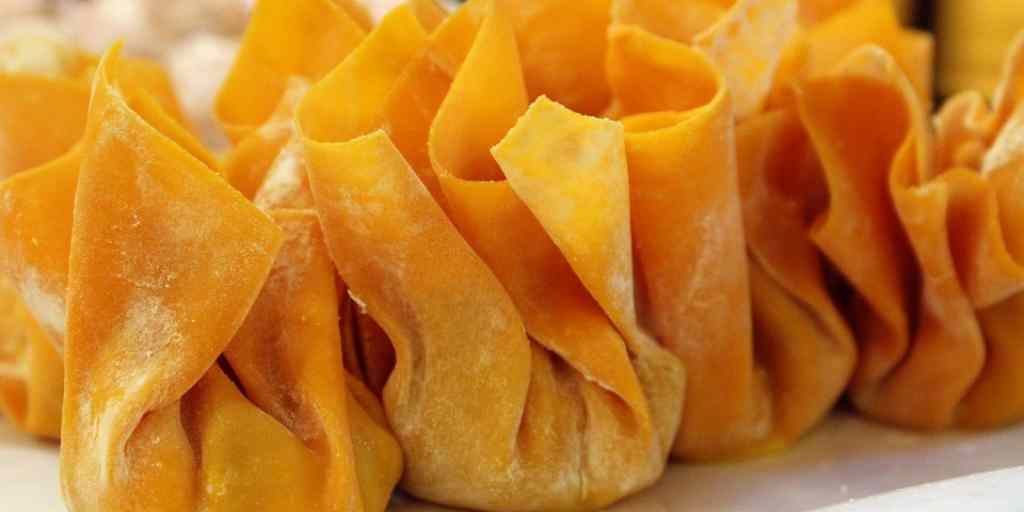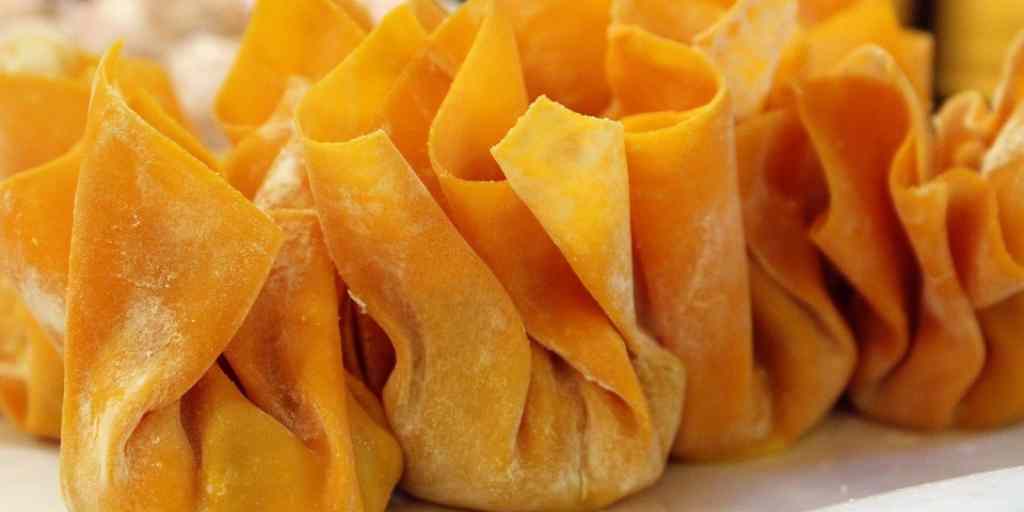
An evaluation of Dim sum Kiosk
Scenario
Recently I was asked my opinion on a dim sum kiosk in a multiplex theater in a mall.Its was a 6 by 6 kiosk in a Inox theater in Kanpur. His question was simple should I do this. He was asked a rental of Rs 30000. ie about Rs 800 per square foot.
There were some basic dimensions which I was concerned with
- How to interact with a multiplex and a mall for a food service establishment
- Financial feasibility of the concept
- Concept development
Multiplex as a place for food retail
Multiplex offer a captive market with limited choice and as such gives possibility of charging higher than normal. The portfolio of services offered by a multiplex results in a monopolistic like situation. The factors that an operator must look into while dealing with the multiplex should be cost of electricty, availability of a no objection certificate, any restriction on non veg food ( strangely is exists) and of course rentals and ca, charges.
On my interaction it was obvious the owner had not thought a great deal of how to develop the concept and the operational expertise required. Restaurant and food retail are not just about food.
Brand Promise
What is the dim sum kiosk brand promise. Brand promise is an”airy” idea of what you want to tell your customer. You are not buying a dim sum. You may be buying speed, fresh, reasonable. To know what your brand promise is , he needs to know what the customer fears. FEARS not wants. The desire to avoid pain is what will direct his experience. Fears can be “I don’t want to feel clumsy when eating a dim sum”, or “I don’t want to wait in line”, ” I don’t want something that I cant share with my family”.
Playing with this you will then come across what your customer needs are. You may be wrong but its a better place to start. Tasty dim sums and cheap dim sums are sure or more likely to fail!!
Service Barriers
Some of the service barriers he would face would result as the captive market would be avaiable only for 15 minutes for selling. in that time he has to sell, serve, bill and take money. the customer has to know that the kiosk exits, buy, pay, take the food inside and eat. Another area is that he may be tempted to treat this as a transnational relationship. In a sense both may never see each other again. There is no loyalty!!.I would identify three areas which are speed, visibility, accessibility and an attempt for a post purchase experience. How fast does he make, how fast does he sell, how fast does he bill? By visibility I mean how can he entice them? How can his signage be large so that he can communicate with them? how can he advertise in the cinema hall? Accessibility I refer to ease of doing business, will he serve inside, will he take cash only, how is easy is it to take his product, will he have behind the counter staff or people carrying their goods around to increase his utilization.
Pricing
What is his pricing strategy? Will he try to undercut the pop-corns by reducing his gross margin per transaction and then say he gives better value. Or will he give a large portion and charge higher and then communicate better value.
Price and its reasonableness is determined by a reference point. There can be the menu description. Some of tactics he could follow of variable portion strategy. The price for 4, 8, and 10. Its more likely the middle one will sell. While he is doing this he needs to marry the gross margin requirements of his business with customer willingness to pay.
He should not get into the trap of food cost percentage. he could follow a variable type strategy which refers to that even though all products may cost the same don’t price them equally. if you desired gross margin is X then the gross margin requirement for different type should be X+10, X+15 and so on eg Indian momos, Chinese momos, Italian momos all may cost the same but all don’t need to have the same price.
A marginal difference goes along way.
Variable day part tactic refers to prices vary for breakfast, lunch and dinner or each show. Variable day pricing means price differently for Monday and Friday.
This begs the question when will the customer be willing to pay more.
The insights he can get will be on the elasticity of demand with the change in his price. Bundling a strategy to attain the target gross margin by combining different products. generally, the rule is combine what does not sell.
Production
He has equipment which givens him a capacity of 100 momos in an hour. HOUR too long. he need measure the throughput of the equipment in 10 minutes because that’s what is important. Either he need to have high production or high holding capacity.
Staffing
How will he endure that he increases his accessibility, Will he have staff who will serve the customer inside the hall? will his staff go around in trays encouraging an impulse buy?
Product development and Innovation
WOW me!! how will continue to redevelop and define the idea of the great momo or dimsum. What innovation can he do? new flavours, sizes!! How about a giant momo? how about microscopic momos which are little above the size of popcorn.
Packaging
how will it be served? can a customer not feel clumsy while having it. Can you make it fool safe?
Communication
How will he get his message out. Will he have electronic screens on his kiosk, will his trays have a glow sign which can be seen inside the hall in darkness, how will stay in touch and capture information, how will he know that they are happy with him and are happy with his experience.
Food retailing in halls are lucrative. They offer a higher square foot revenue than a regular restaurant and can be fairly profitable. But smaller restaurants need more thought. Are plans important? Plans are not important, planning is!!! Its the insights you get when you plan that makes the difference. He may just get into the business without planning and do well but more likely fail. Food retailing is hard but not impossible at little thought could allow the restaurant operator greater degree of control and understanding the forces that affect him.
Hope this helps.


